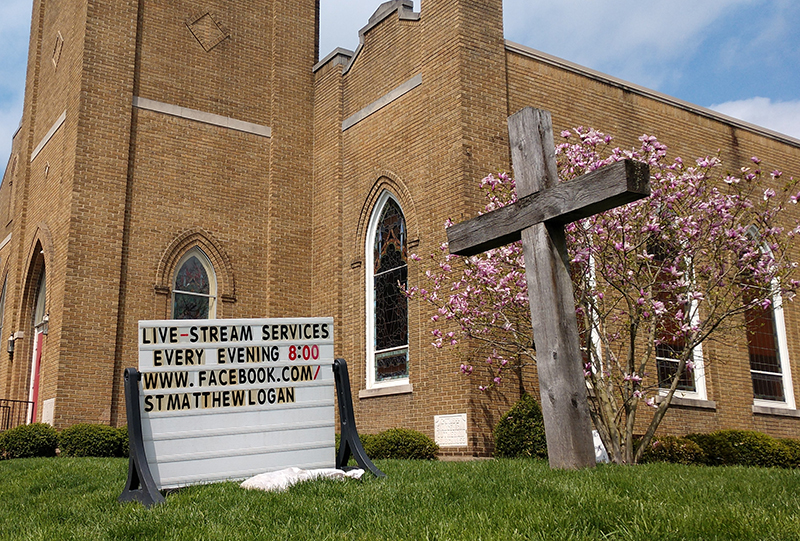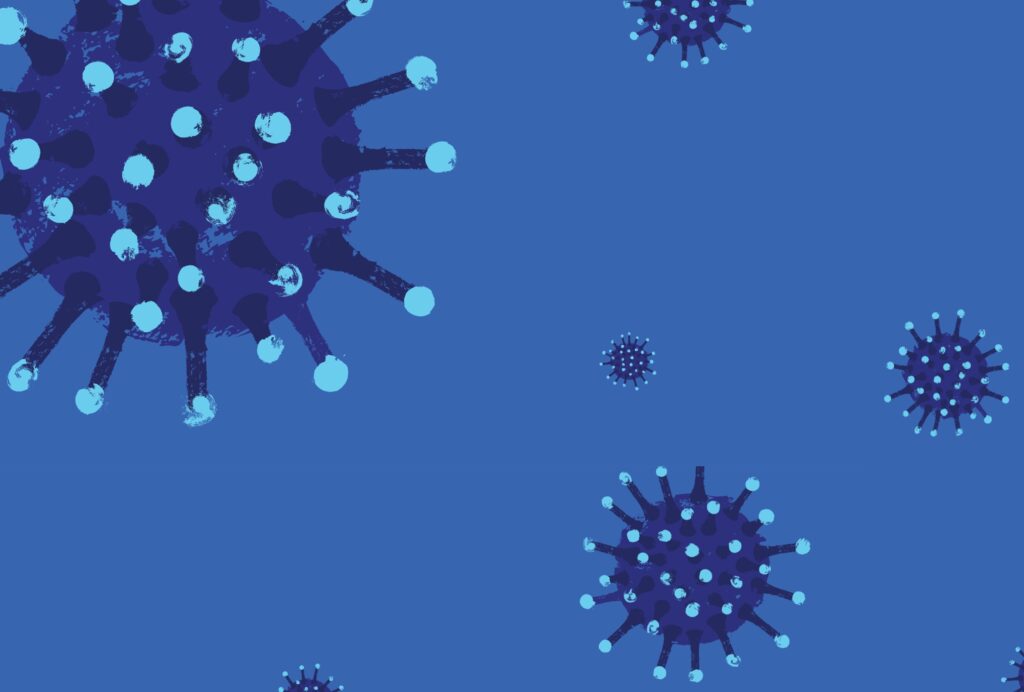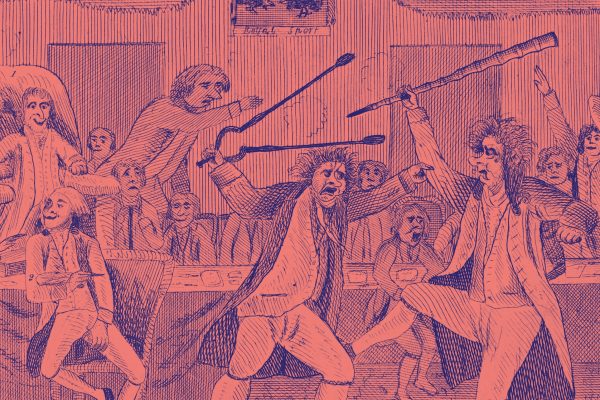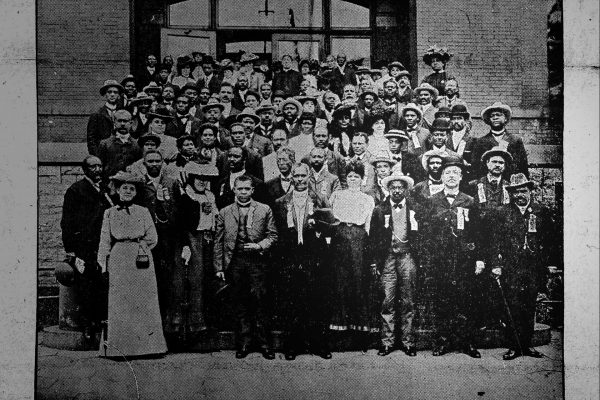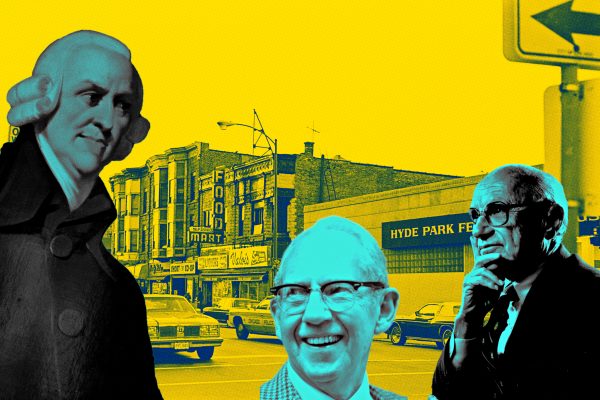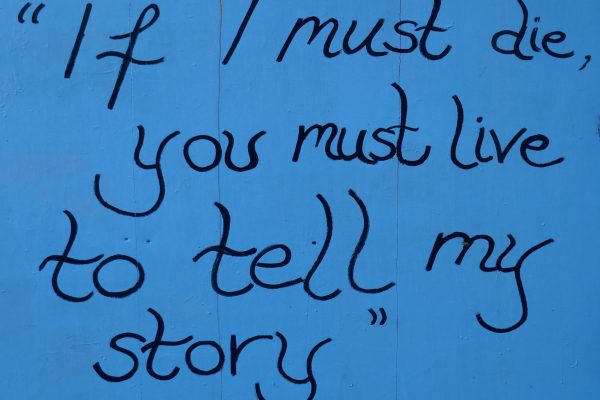One of the great cruelties of COVID-19 is how it has transformed communities—collections of organizations, shared spaces, and the social bonds that tie them together—into grave threats to public health. Before the pandemic, the serendipitous networks of trust and caring fostered in community settings were a source of solace and collective well-being. Parents who met picking up kids from daycare could turn to each other in times of need. Volunteers bringing food to older adults could also check on them when worried about their health. But during the COVID-19 pandemic, face-to-face interactions and door-to-door check-ins are irresponsible and even deadly. What good is a robust community at a time when we cannot convene? What are civic organizations—embodiments of community life—doing to sustain their communities through this time?
Many organizations have had to find ways to repurpose their resources, either wholly or in part, to fit the times. The creativity is striking.
To answer these questions, we have been looking at how 800 nonprofits—selected for their regional, political, and economic diversity—are continuing to provide services during the pandemic. We are finding that nonprofits of all sorts—from performing arts to environmental protection to childcare—are resourcefully using their websites, social media, and newsletters to engage in explicit discussions of COVID-19 and its accompanying challenges. But there are stark regional inequalities. In some regions, nonprofits are quite vocal, providing public health recommendations and informational resources. In others, nonprofits are relatively quiet. Some even diminish the threat of the pandemic.
For many nonprofits, responding to the crisis has meant figuring out ways to adapt in-person services to virtual platforms. For example, a Grosse Pointe, Michigan, theater company has turned its website into a streaming service through which anyone can watch past performances on demand. A San Francisco art gallery now offers a virtual tour of the exhibition it launched, inauspiciously, in mid-March. A Detroit Jewish federation now offers a virtual sabbath service, “Shabbat ShaZoom,” and hosts a library of resources for entertaining children that includes free Judaica-themed crafts. And many churches around the country held Easter services on Facebook Live. These examples reveal a civic sector at its plucky best.
While the crisis has underscored the importance of organizations whose missions relate to health, unemployment, or poverty, other kinds of organizations—museums, garden clubs, choirs, PTAs, fraternal societies, sports leagues, and so on—have had to find ways to repurpose their resources, either wholly or in part, to fit the times. The creativity is striking. A planetarium in Miami is using its high-powered computer servers to participate in a crowdsourced effort to model SARS-CoV-2 proteins. Nearby, an organization that serves kids suffering from trauma has repurposed its facilities to prepare and distribute lunches for frontline medical workers. Similarly, in Dallas, a charity group that runs kids’ basketball camps is now providing lunches for first responders and police officers. A youth boxing club in Detroit is using its vans to deliver meals and care packages to needy families and recently distributed over a thousand gallons of hand sanitizer throughout the region. The costume designers and production staff at a San Jose–area theater company have put their talents to work by producing and distributing thousands of face masks for first responders, postal workers, and high-risk people. A Lancaster knitting club is distributing a DIY guide to making masks with the slogan, “I can totally make that!”
In other cases, nonprofit responses to the pandemic are informational, tailoring crisis knowledge to the people the organization serves. An LGBTQ+ rights organization in Santa Clara shares medically vetted recommendations on modifying chest bindings for trans men with COVID-19 symptoms. Associations for the visually impaired in Texas and Pennsylvania offer online support groups and apps that connect blind and low-vision people with sighted volunteers who can offer assistance. A Detroit chamber of commerce shared information on the unreliability of serologic antibody testing. A science museum in Florida hosted a virtual question and answer session with an infectious disease expert. And alongside the legion of schools offering homeschooling tips, many, like one girls school in San Francisco, also supply advice on how to ensure children wash their hands sufficiently.
Beyond health-related guidance, nonprofits are also providing information to help sustain the economic and cultural health of their communities. A volunteer fire company in Pennsylvania now uses its website as a platform for collecting and disseminating information on financial assistance programs and small business loans. A concert venue in San Francisco shares a repository of links connecting patrons with composers’ Facebook profiles so that they can continue supporting their work. A historical society in Macomb County, Michigan, is asking the community to help create an archive of the pandemic by submitting journals, photos, and news clippings.
Nonprofits have proven to be critical links in the nation’s public health infrastructure, activated in a moment of crisis to perform duties outside the scope of their founding mandates.
From these examples emerges a picture of civic organizations stepping into the role of helping their communities process the deluge of new information they face each day of the crisis. With each novel health recommendation and public advisory, we all to varying degrees find ourselves trying to answer: What does this mean for me, my health, my family, my job, my rent, my finances? Further complicating this crisis of information is the weariness with which much of the country regards traditional authorities. Elected officials, government agencies, and scientific experts are viewed by many with an air of cynicism, the intensity of which varies along political, regional, and demographic lines. When in doubt, people are turning to the organizations they trust, and these organizations are helping to translate, elaborate, amplify, and, when necessary, counteract the information their communities are encountering. Nonprofits have proven to be critical links in the nation’s public health infrastructure, activated in a moment of crisis to perform duties outside the scope of their founding mandates.
But there are stark disparities, region to region, in whether (and to what degree) nonprofits are participating in this spontaneous civic effort. In some areas, nonprofits have become a critical interface between health authorities and community needs. In the Bay Area, for example, 46 percent of community organizations have a website on which they discuss COVID-19 explicitly. Contrast this to more conservative regions of the country, such as Dallas–Fort Worth and counties around Detroit, where explicit discussions of the pandemic are notably less common. In Dallas, only 33 percent of nonprofits have websites on which they reference the virus by name; in Detroit, only 29 percent. In Lancaster, a small, conservative city with a rich array of civic organizations, an impressive 47 percent of all nonprofits have websites on which they make explicit references to the pandemic—but not necessarily in ways that assist their community. A volunteer fire company, for example, refers to the pandemic dismissively as the “COVID-19 scare.”
Even organizations whose websites are silent about COVID-19 show signs of having to adapt their offerings in response to the shutdown. For example, a Texas organization promoting father–son bonding through outdoor adventures now provides a list of activities that fathers and sons can perform at home—“grill a steak,” “have a Nerf gun fight,” “ask Mom how you can help”—but there’s no mention of the virus per se and no discussion of how to keep the family safe.
The regional disparities we’ve observed reflect the deeper schisms around truth, expertise, and authority that have riven the nation’s politics. Fortunately, overarching politics of a given region don’t tell the entire story. In South Dakota, the state-level response has been negligently inadequate, but 31 percent of organizations in Sioux Falls have websites on which they discuss the crisis. In some cases they advise members, volunteers, clients, and their communities to stay home—even without government directives to do so. In communities where few organizations speak up, those that do will save lives.
Although civic inequalities are already producing tragic health disparities, nonprofit organizations have the potential to be an equalizing force by spreading valuable health knowledge to places where misinformation and government ineptitude is the rule. During the COVID-19 pandemic, civic organizations and their virtual offerings may make the difference between community resilience and devastating collapse.
